Around the World in Six Photographs
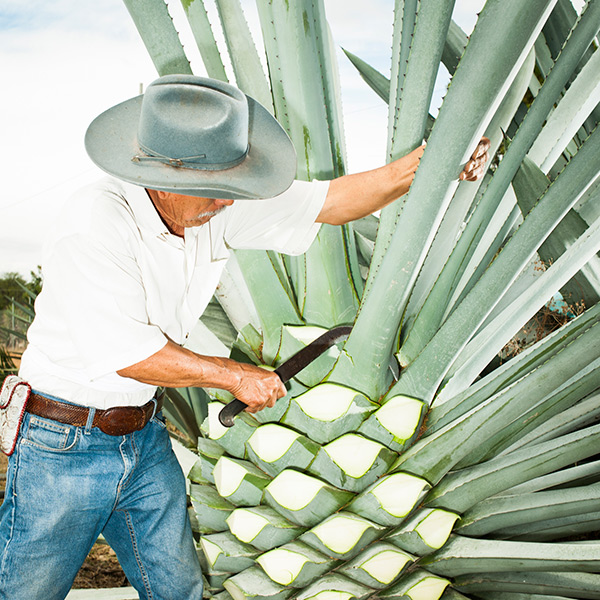
Brian Finke, Don Lorenzo Angeles taking a break with a machette, Mezcal Real Minero, Santa Catarina Minas, Oaxaca, Mexico, 2016
Courtesy the author
Tara Guertin
Brian Finke’s work was on my mind for fifteen years before I commissioned this photograph. I first noticed Finke in the late ’90s, soon after I moved to New York, when we were both in our mid-twenties. Over the next decade and a half, I watched him refine his sharp, high contrast style while straddling the art and editorial worlds. Cheeky and dark, his photographs are impressively consistent and instantly recognizable.
When Brian and I finally met in 2013, I was working as the photo director at the then fledging travel magazine AFAR. On a visit to New York, he and I chatted over a few bourbons at a local barbecue joint. Brian shoots vices, often sex-related, but not always: frat boys half naked, dripping in beer; women in hip-hop videos or beauty pageants; and marijuana producers. I considered him for many assignments, but AFAR focuses on experiential travel, rather than these nefarious pleasures. Nothing seemed right. So I waited—until a story about one of my own weaknesses crossed my desk.
Mezcal wasn’t something Brian was particularly familiar with, but I had a feeling that the Mexican liquor and its culture would be right up his alley. He returned with a body of work that thrilled me. Recently, we met again. Waiting for me on the bar was a glass of mezcal, neat, and a print of this photograph. Maybe Brian has discovered another vice?
Tara Guertin is Director of Photography at AFAR.
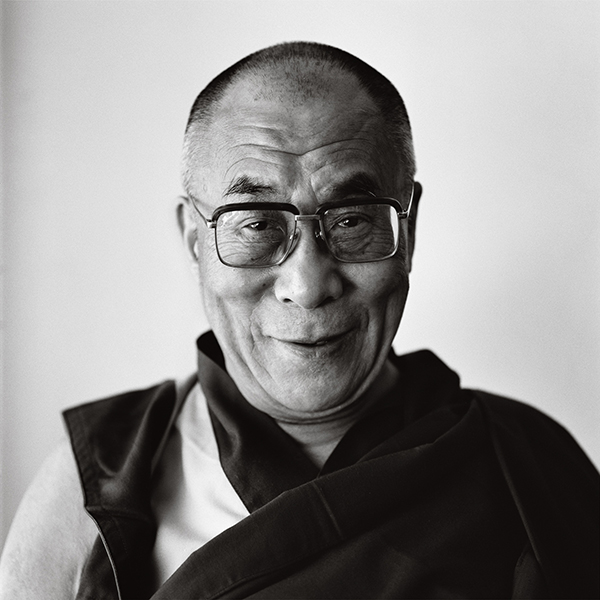
Brigitte Lacombe, His Holiness the 14th Dalai Lama, Dharamsala, India, 2003
Courtesy the artist
Pico Iyer
Every portrait is a self-portrait, so they say; I cherish that idea every time I look at the oversized photograph that beams down on my desk. As I chatted with the Dalai Lama in his home in 2003—I’ve been lucky enough to visit him there regularly since 1974—my old friend Brigitte Lacombe sat quietly on a sofa, taking everything in. Then she asked His Holiness if he’d mind stepping out onto his terrace for five minutes. Silently, as relaxed and full of soft smiles as he was, she snapped a few frames on a small camera. When she sent me the result, I noticed one eye all kindness, one all penetration—on both sides of the lens. No amount of fancy equipment or elaborate setup can conjure something as piercing as this.
Pico Iyer is the author, most recently, of The Art of Stillness: Adventures in Going Nowhere (2014).
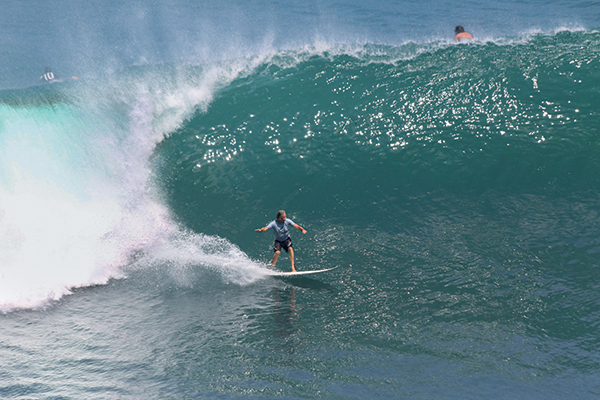
Photographer unknown, William Finnegan, Padang Padang, Bali, Indonesia, November 6, 2015
Courtesy the author
William Finnegan
I was in Bali for work, but the surf was big, so I borrowed a board. This photograph was taken at a fabled country spot called Padang Padang. It was my first wave of the morning. At the captured moment, I am about to make a mistake. Farther down the reef, Padang has two bowling sections—shallow spots where the wave becomes a violent barrel—and the correct line of attack for those sections is high on the wave’s face. When I look at this image, my heels dig into the floor, my shoulders turn—what I should have done. But I was unfamiliar with the reef, and the board, and instead I held the low line you see, which did not work out well. What did work out well: several hours later, while I was hiking back to the road, a local teenager accosted me with a laptop computer. He had been shooting pictures from a cliff above the break, he said. He sold me this shot, on a flash drive, for eight bucks. It’s been on my laptop, haunting me gently, for the year since.
William Finnegan is a staff writer at The New Yorker and the author, most recently, of Barbarian Days: A Surfing Life (2015).
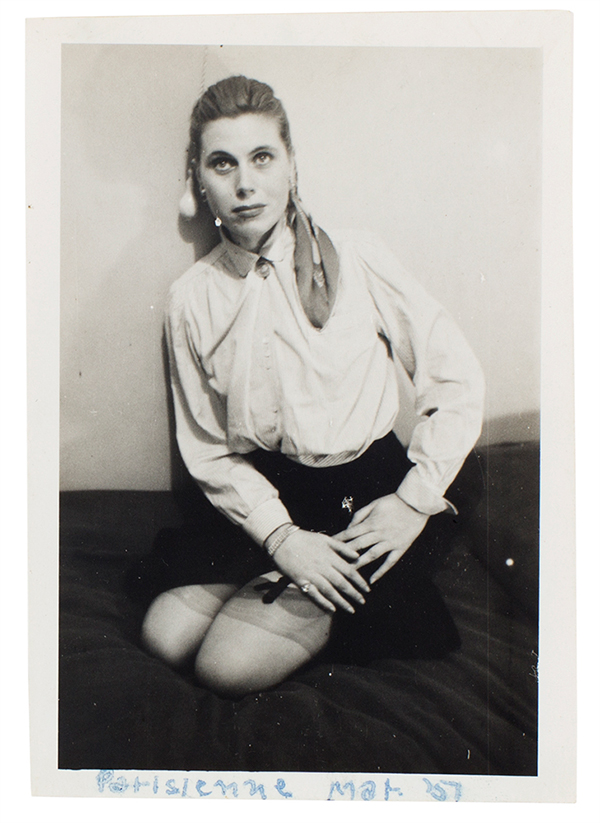
Samuel Levine, Parisienne, 1951
Courtesy the author
Sasha Levine
My older sister found this photograph of a Parisian woman in an old album, tucked away in our childhood home. She scanned it and reprinted the wallet-sized image at about three feet tall. It hangs in my bedroom in a simple, handsome walnut frame, catty corner from a second picture of the same woman reclined in an even more suggestive pose. My grandfather, Papa Sam, took these photographs in 1951, just two years before my father was born. He was thirty-seven years old and still a bachelor, traveling to Europe after World War II to import cameras for his family’s pawnshop in downtown Boston. Rumor—or dark family secret—has it that he may have had a German lover, of whom his parents didn’t approve. Perhaps there were others, too, including this Parisienne. I never met my Papa Sam, but my father tells me that he never thought of himself as an artist. I wonder what he’d think about having his work hanging in his granddaughter’s home.
Sasha Levine is the Digital Editor of Departures magazine.
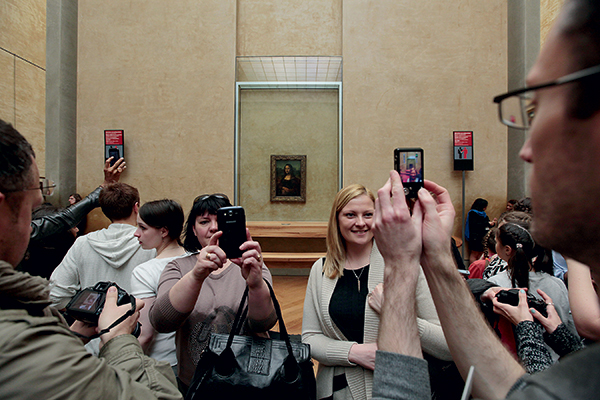
Steve Berman, La Gioconda, 2014
Courtesy the artist
Stephanie Rosenbloom
I go to Paris once a year and one of my favorite things to do is walk alone on quiet streets and through lesser-known museums. This photograph, by my friend and colleague Steve Berman, was taken in the Louvre, perhaps the city’s busiest and best-known museum. Visitors who have come to see the Mona Lisa are gazing at camera lenses or at themselves rather than at the centuries-old da Vinci masterwork at their backs. In an age of Instagram and Twitter, this image, a gift to me from the photographer, serves as a personal reminder to look outward; to be present; to experience, not tweet, the moment.
Stephanie Rosenbloom writes the column “The Getaway” for the New York Times.
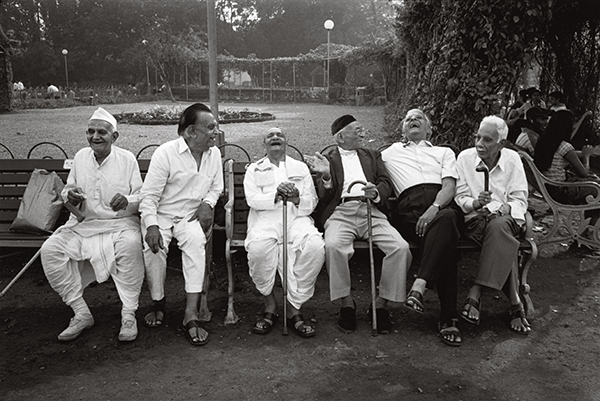
Betsy Karel, Hanging Gardens, 2006
© the artist and courtesy Howard Greenberg Gallery
Suketu Mehta
I don’t know the people in this photograph by Betsy Karel, which hangs in the living room of my Manhattan apartment, but I know them. They could be any of the groups of retired men that go for a daily walk: before the sun starts loaded for bear in the morning, or after it has admitted defeat and is sliding down the Bombay sky. The place is Hanging Gardens, green oasis of my boyhood. I can’t listen to what’s being said in the photograph, but I know the dialogue. The Parsi wit in the black cap has just cracked an off-color joke about a politician or film star. They’ve known each other for half a century now, and done what they’ve needed to in life. They can now leave their wives and their grandchildren behind to enjoy this daily constitutional, argue agitatedly about the state of the country, and laugh uproariously at the Bawa’s remarks. On the right is a group of youngsters also hanging out, but not having half as much fun as the geezers. This is a photograph that makes me look forward to growing old.
Suketu Mehta is Associate Professor of Journalism at New York University and the author of Maximum City: Bombay Lost and Found (2004).
Read more from Aperture Issue 226, “American Destiny,” or subscribe to Aperture and never miss an issue.






















